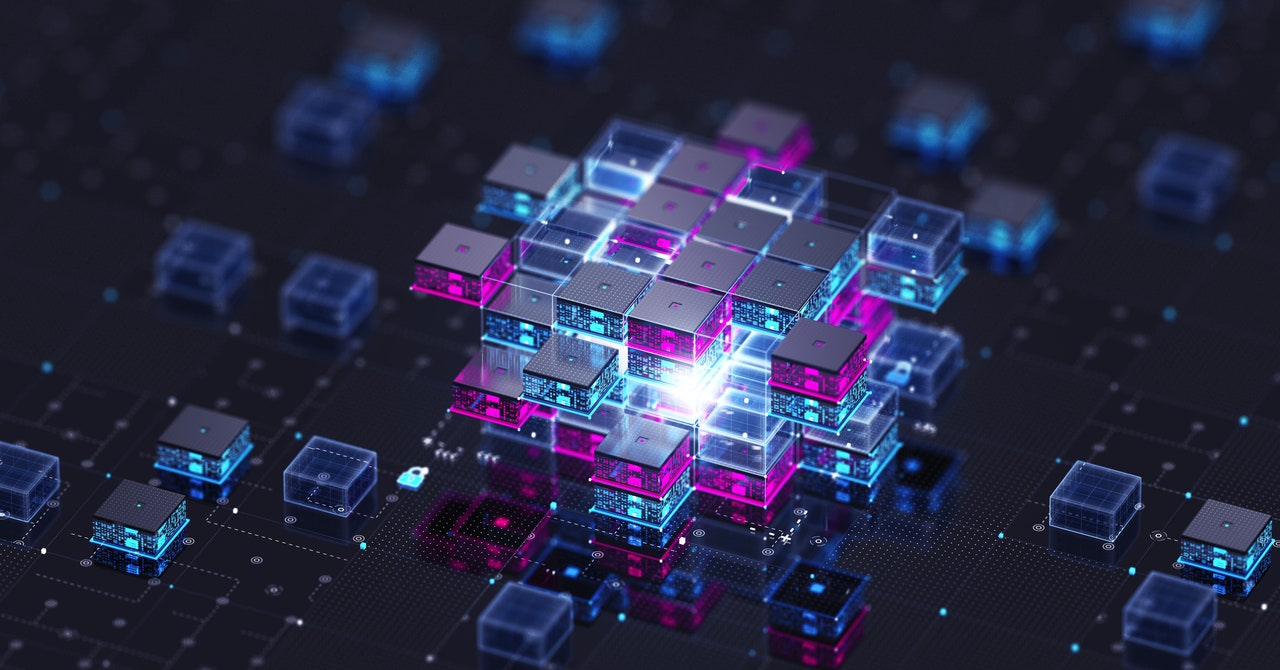“AI has caused a lot of companies to repatriate workloads and data,” says Kerravala. “For the first time in my career as an analyst, CIOs are saying they’re building out their data center footprints because of data residency concerns.”
Security is one of the main reasons for this, as an enterprise’s training and inference models are only as good as its data. But there’s also an ongoing shift to processing data at the edge, as with autonomous vehicles and self-driving cars, that puts a premium on security across the stack and observability.
“Everything’s more distributed, and even the threat actors have the ability to leverage AI,” notes Patterson. “The kinds of attacks they’ll be able to launch will be exponentially more sophisticated than in the past.”
Cisco has developed a new architecture to defend against these attacks with Cisco Hypershield, an AI-native solution that essentially melts security into the fabric of a network. “Hypershield places security wherever you need it—across public and private clouds in VMs or Kubernetes clusters,” says Patterson. “The goal is to solve the fundamental cybersecurity challenges that are even more difficult in today’s complex environment. Starting out, Hypershield will deliver autonomous segmentation that is actually effective. It will also accelerate vulnerability protection to minutes or hours versus the weeks and even months it takes today.”
Training for the Future
As enterprises seek to take advantage of AI advancements, most want turnkey solutions for infrastructure, data insights, and security. Often this means looking for a trusted partner like Cisco, which can offer an ecosystem approach. Not only is Cisco able to provide GPU solutions, via partners like Nvidia and other leading vendors, as well as upgraded network capabilities, but it can cover security and observability and offer software and services to accelerate the value of AI—including reskilling and retraining for IT professionals, an often overlooked challenge.
“In technology cycles like this where there aren’t a lot of best practices, you need a partner,” says Kerravala. “Sure, you may be able to put the pieces together yourself, but then how do you optimize it? And how do you decide how much bandwidth you need versus GPU power? If you’ve never done it before, you’re going to spend months trying to tweak and fine-tune. What I’m seeing with AI is customers asking for pre-integrated, pre-configured, validated solutions.”
With a partner helping to handle the AI upgrades, enterprises can focus on how the technology improves their efficiencies and work processes. “I think what we’re going to see AI bring is a level of competitiveness to the business industry that we’ve never seen before,” says Kerravala.
In this new AI-first world, finding a technology partner that can give a leg up may be the easiest decision leaders will make. “It’s clear that enterprise customers are still figuring it out, and they will need to work with partners they trust to help them navigate this transition,” says Patterson. “With Cisco and the portfolio of solutions that we bring, I think we can be that partner. We have the expertise across the ecosystem to help connect and protect them through this AI era. It’s still going to be very complicated, but we’re going to make it as easy as possible.”
Learn more about how Cisco connects and protects the AI era.
